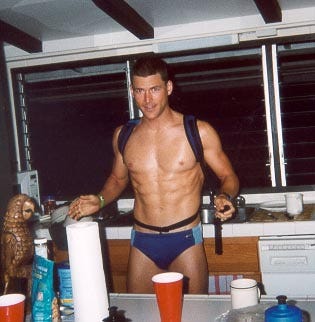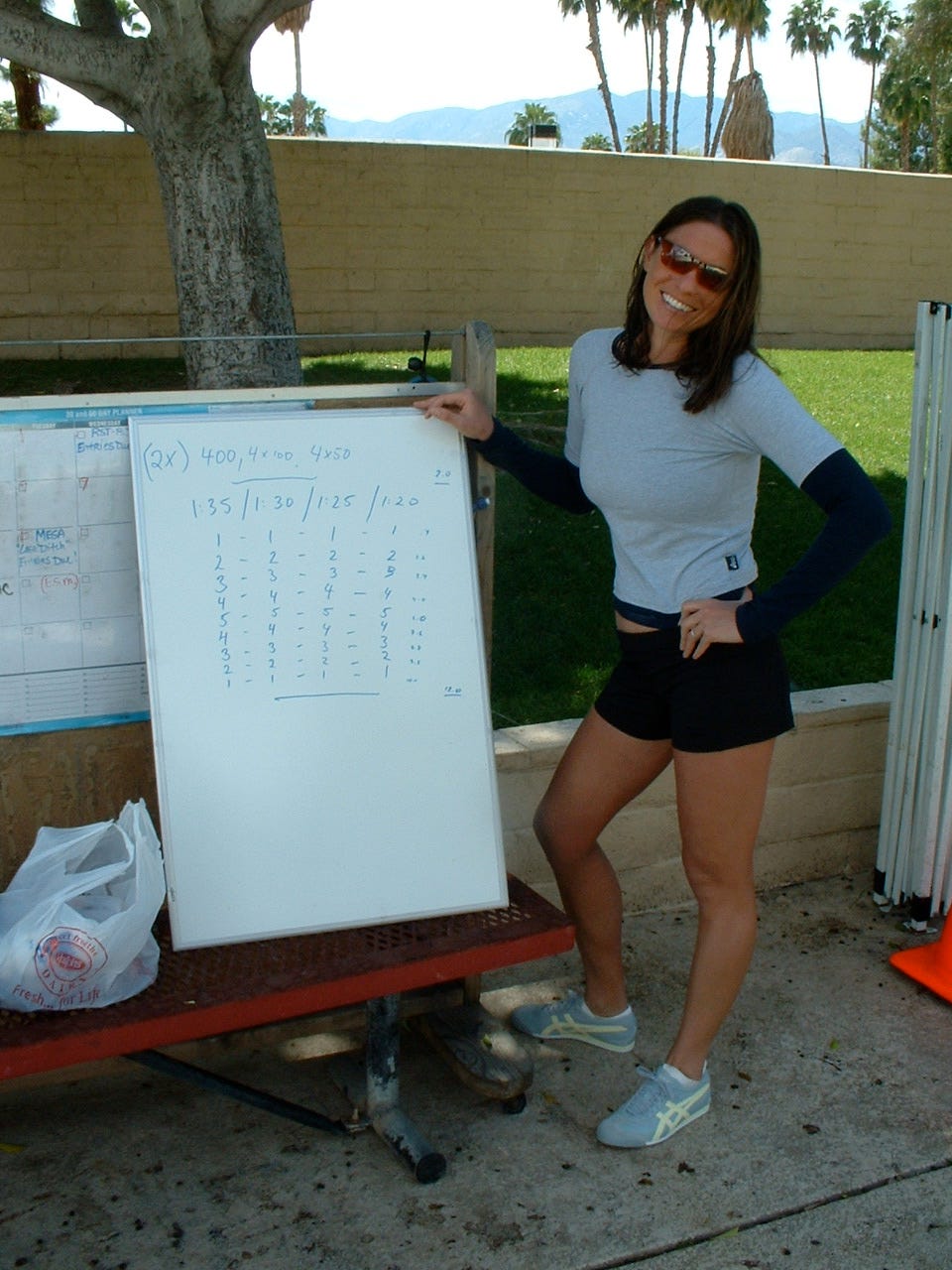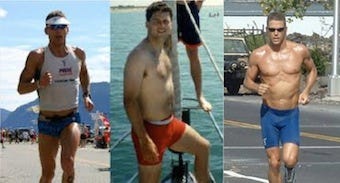
Monday, John shared his experience balancing strength and endurance.
Something I’ve noticed about strength training… the coach’s stance nearly always reflects their preference for their own training.
Do they enjoy strength training?
The answer will mirror their recommendations.
If you are:
Young
Relatively Strong
Then John’s approach will work great for you.
John will be publishing articles on in-sport resistance work; and plyometrics. This type of work is essential, for everyone.
If you are:
Relatively Weak
Struggle To Generate & Direct Force
Have Durability Limiters
Experience Impingement/Inflammation In Your Joints
Rely On A Capacity To Elevate Heart Rate1
Then you will benefit from periods of focused, traditional strength training.
Small framed athletes who run high heart rates - look ahead to your 50s and 60s. This ability to run a high percentage of max will reduce as you age. From 35-50 years old, build strength and maintain lean body mass to support your later years.
Everyone…
You Don’t Need To Pick A Side
You Are Free To Change Your Mind
An appropriate protocol for a 20-something will change as the athlete ages.
Strength In The Real World
Exercise physiologists and high-performance coaches have something in common, even when they disagree…
They operate in a narrow slice of the general population, that skews young.
In a high-performance setting, there is selection bias as the relatively weak athletes do not survive the training. They disappear from the data set. There is survivorship bias in the data.
In addition to the challenge of the data, there is the issue of TIME. There are very few athletes who remain competitive for their entire lives. John Hellemans is an example, and a wonderful case study. John’s been at the top for decades. Joe Friel is another example.
John & Joe occupy different ends of the strength vs endurance discussion. Both have had a lot of personal, and coaching, success.
What to do?
I recommend you try the approach that makes the most sense to you. Give it at least 500 days to get an idea of how well it’s working for you.
The first year of strength training is about learning the skills necessary to increase focus in the following years.
Strength Outside Of Sports Performance
Something we know, but rarely acknowledge. Elite endurance athletes don’t always look great. Aesthetically, the most beautiful bodies are in the amateur ranks.
A big part of the reason why I started my Endurance Journey was a desire to look better. Look better, to attract the sort of woman I eventually married.
Life is about more than sports performance.
I’m going to leave it at that.
For more in this vein, see my Body Performance Series.
Signalling
So much of the endurance athlete’s program is catabolic in nature. Stay in endurance sport long enough and you’ll find yourself feeling broken down.
When you need to heal and build back up:
Energy Positive - be willing to gain a little weight
Work The Legs - compound lower body lifts2
Reduce Catabolic Stress - increase sleep, remove long & intense sessions
Ditch Sports Nutrition - get all macronutrients from real food
Eat All Macros - balanced intake of fat, protein and carbohydrate.
Focused strength training sends a different signal to our bodies, an anabolic signal. As an elite, when I skipped my “build up” periods, bad things happened.3
Ideally, you’ll be inserting an anabolic block in most years4. It’s the way most of us live across the winter and early spring.
Summary
Part One defined terms for you.
Part Two shared John’s take on the best way to use resistance training for sports performance.
In this article I made four points.
The optimal approach changes over time, as our body changes.
There is selection bias in the data we see about athletic performance and strength training.
The real world places a very high value on looking buff.
Long term catabolic stress will not take us to a good place. Schedule extended periods where you build yourself back up.
What’s next?
John and I will be sharing our favorite workouts to help you get started with the approach you think is best.
Back to Table of Contents
I call these athletes hummingbirds - smaller framed athletes with a capacity to sustain high heart rates for long periods of time. Works great, until it doesn’t.
Strength programing ideas to come.
Many different types of “Bad Things” were documented in our Tired Athlete Series.
The hotlink takes you to a seasonal approach to endurance and strength. Don’t fight Mother Nature. The winter is an excellent time for an anabolic block.






Gordo,
I'm excited to see this series. As a middle-aged back-of-the-pack triathlete with a history of running injuries, I've really enjoyed the ability to train many hours without injury that triathlon offers. Exercise Science does focus too much on the tip of the spear, the professionals, whereas most athletes aren't going to survive this bias.
I'm very interested in building durability through strength training for long-term health while continuing my endurance training. Thank you for keeping your focus wide and addressing maximum speed and lifelong health.
Jim